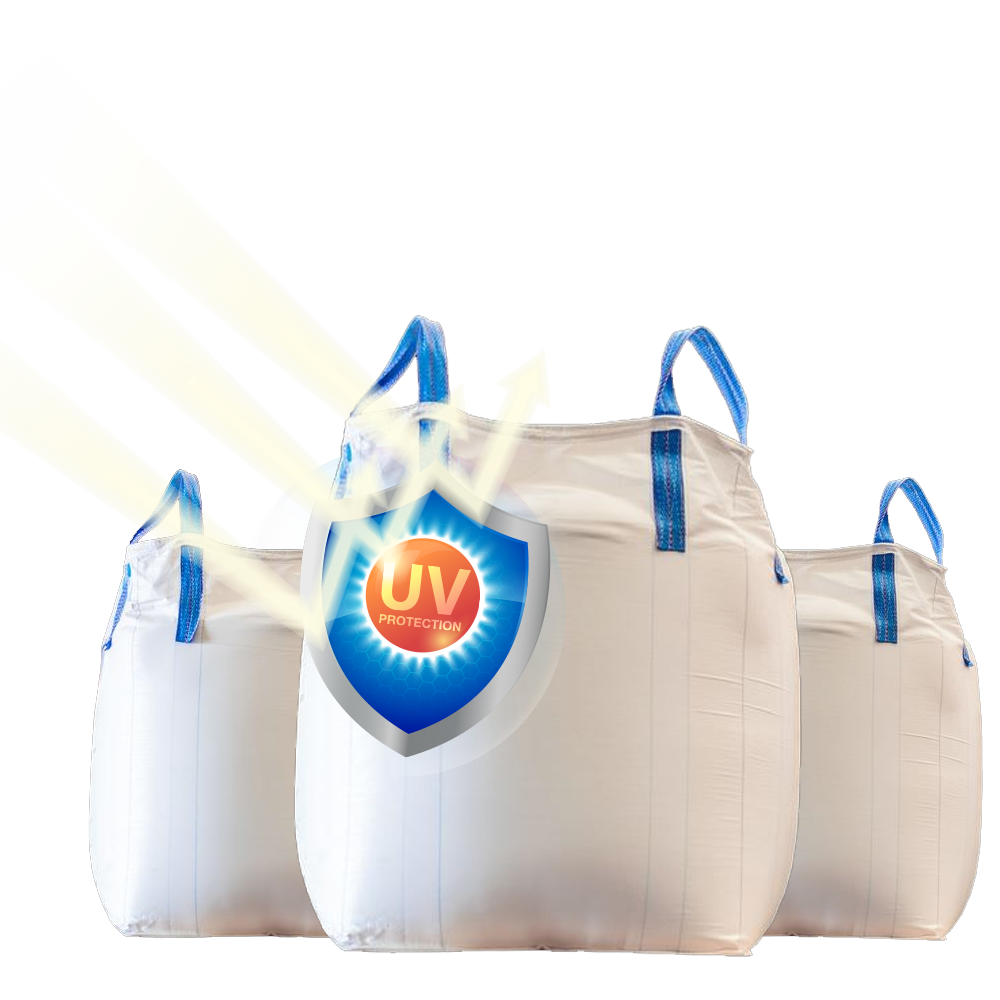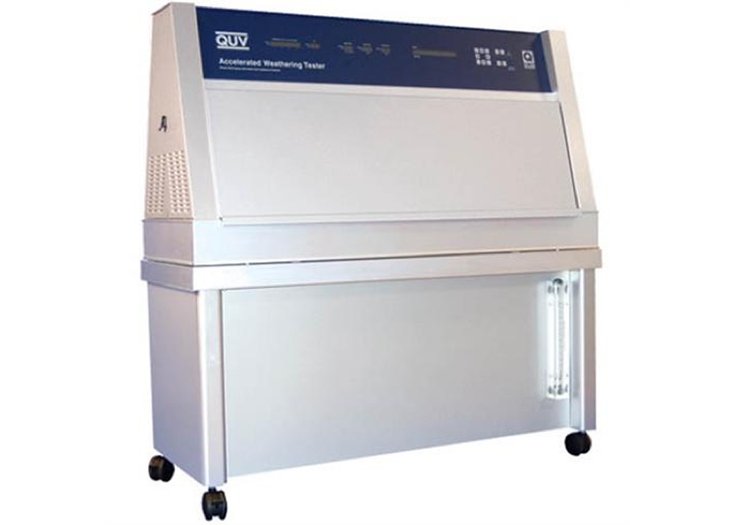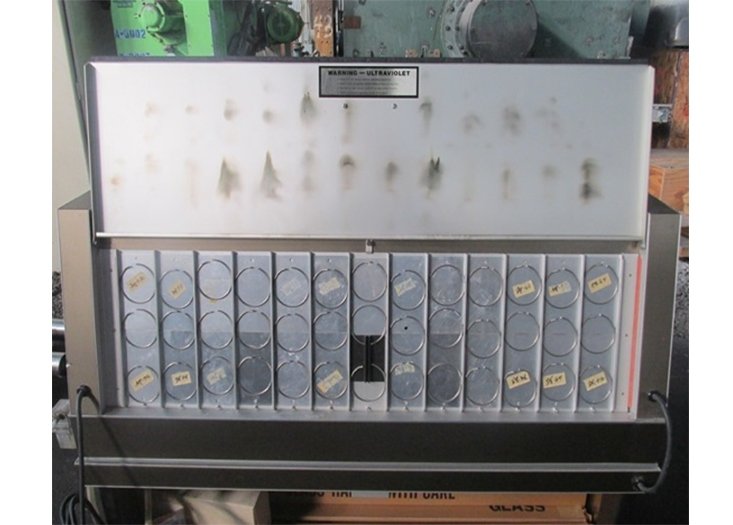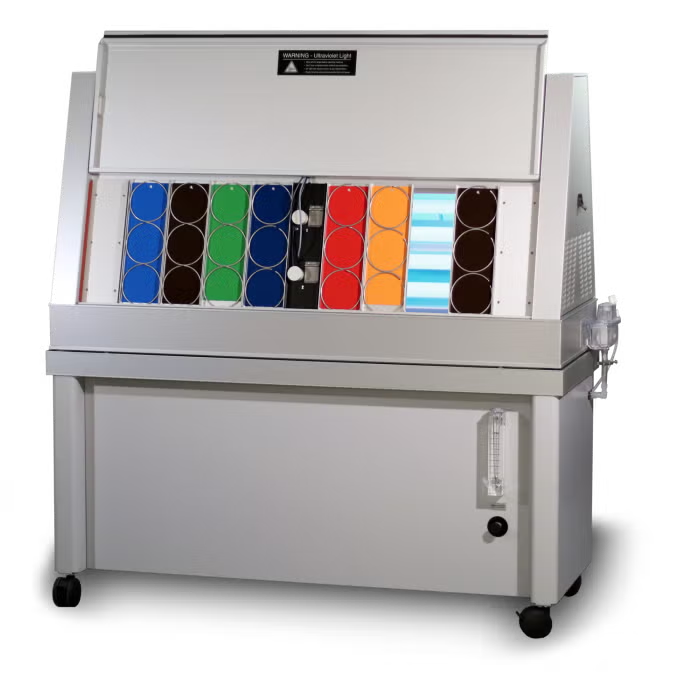UV Stabilization Testing Of FIBC

Big Bags are most commonly made of woven polypropylene, a polymer that, like other materials, is damaged by exposure to sunlight over time.
This degradation process can ultimately cause the fabric to tear when exposed to strain and put both content and personnel at risk.
Fortunately, through the use of UV stabilisers in the polymer and the proper handling of FIBCs, the risk of photochemical damage can be reduced to a minimum.
It is, however, vital that FIBCs are covered or stored away from the sunlight during usage, transport and storage.
Fibcs are made of UV stabilised fabrics , in which high quality UV masterbatches are used from select brands.
General Remarks

Materials often undergo rapid photochemical degradation under the influence of sunlight, unless they have been stabilised in a durable fashion.
A number of factors of uncertainty are inherent in the procedure, so comparisons should be available between the method used and exposures in the environment in which the product is to be used.
● Ultra violet degradation may be indicated by the softening of the material, so that the outer surface may be rubbed off or plucked off, and in extreme cases, the outer surface may become powdered.
● Certain types of UV stabilising additives are rapidly leached out, especially in an alkaline environment, which should be taken into consideration in applicable situation.
● The performance of UV stabilised additives may be affected by colour and the type of pigment used. Therefore, each combination of UV stabilising additive and pigment should be tested separately
Test Procedures

The test apparatus shall be in accordance with ASTM G53/96 using a fluorescent UV-B lamp.
The specimens are alternately exposed to UV light alone and to condensation alone in a repetitive cycle for at least 200 h using a test cycle of 8 h at 60 C with UV radiation alternating with 4 h at 50 C with condensation.
After exposure is complete, the specimens are checked for breaking force and elongation at break in accordance with ISO 5081
and the values are compared with results performed on simultaneously cut test specimens that have been stored under dark and cool conditions.
All load-bearing materials of the FIBC are tested to ensure they remain strong even after UV exposure. After just 2 hours of UV testing, the material retained at least 50% of its original strength and flexibility proving its toughness and reliability under sunlight and outdoor conditions.
Improving Protection

The most obvious way to mitigate the degradation of FIBC due to UV radiation and other weather impacts is to physically protect the big bags from the elements. Although FIBC handling instructions routinely advise against outdoor exposure, this is not always practical for users and certainly not controllable by FIBC producers and traders.
Chemical alternatives are available and widely used to help polymers like polypropylene maintain their properties longer against degradation through environmental influences. To counter the harmful effects of UV light on FIBC, two main methods are used: UV light absorbers, e.g. Triazine or Benzotriazole, and light stabilisers, i.e. HALS (Hindered Amine Light Stabilisers).
These additives, which absorb or stabilise UV light respectively, are often introduced to the base formula for the polypropylene material out of which the FIBC are woven. Both methods can retard the damaging effects of UV light but cannot stop it altogether.
Either way, photochemical degradation remains a reality that must be taken into consideration. The question becomes how well we can predict the lifespan of the FIBC given that it will be exposed to environmental stress. This is the job of the testing system.
Laboratory Limits

The aim of testing is to recreate environmental strains in a controlled laboratory environment and examine the durability of samples against a battery of tests. In this way, accelerated laboratory UV tests allow quality control on FIBC without performing extended outdoor tests. Ideally, the results confirm the load-bearing capacity of the FIBC upon which decisions on usage of the FIBC are based.
Specific mention of UV resistance requirements had already emerged in European regulations for polypropylene sack used for transporting food aid in 1989. Since then the governing international regulation is the UV resistance Annex to ISO 21898:2004. The regulation lays down rules for laboratory tests using UV B lamps (based on ASTM – G154-98). In a cycle that alternatively subjects samples to 8 hours of UV light at 60°C at a time and then 4 hours of condensation at 50°C at a time for at least 200 hours, the weathering strain on FIBC is simulated. Once the exposure is complete, the samples are to be tested for their breaking force and the elongation of the fibre at the breaking point. The results are then compared to a control sample.
The UV resistance tests under ISO 21898:2004 give a common set of accelerated laboratory testing procedures that are repeatable and require the results of the tests to be expressed in terms that are comparable. Still, the International Standards Organisation concedes that “a number of factors of uncertainty are inherent in the procedure, so comparisons should be available between the method used and exposures in the environment in which the product is to be used.”
This caveat in the preamble of Annex A of ISO 21898:2004 hints at a central shortcoming of the accelerated UV resistance test with UV-B lamps at 60° – it does not adequately represent real outdoor conditions. Therefore we cannot predict how well that test correlates to real life exposure to light, temperature and other environmental influences in different climates from the arctic to the tropics where FIBCs are being used.
About Bajaj Plast Pvt. Ltd.
Bajaj Plast Pvt. Ltd. is a leading manufacturer of high-quality masterbatch solutions, dedicated to innovation, sustainability, and excellence. With a strong focus on customer satisfaction and cutting-edge technology, we are committed to delivering superior products that meet the evolving needs of the polymer industry.



